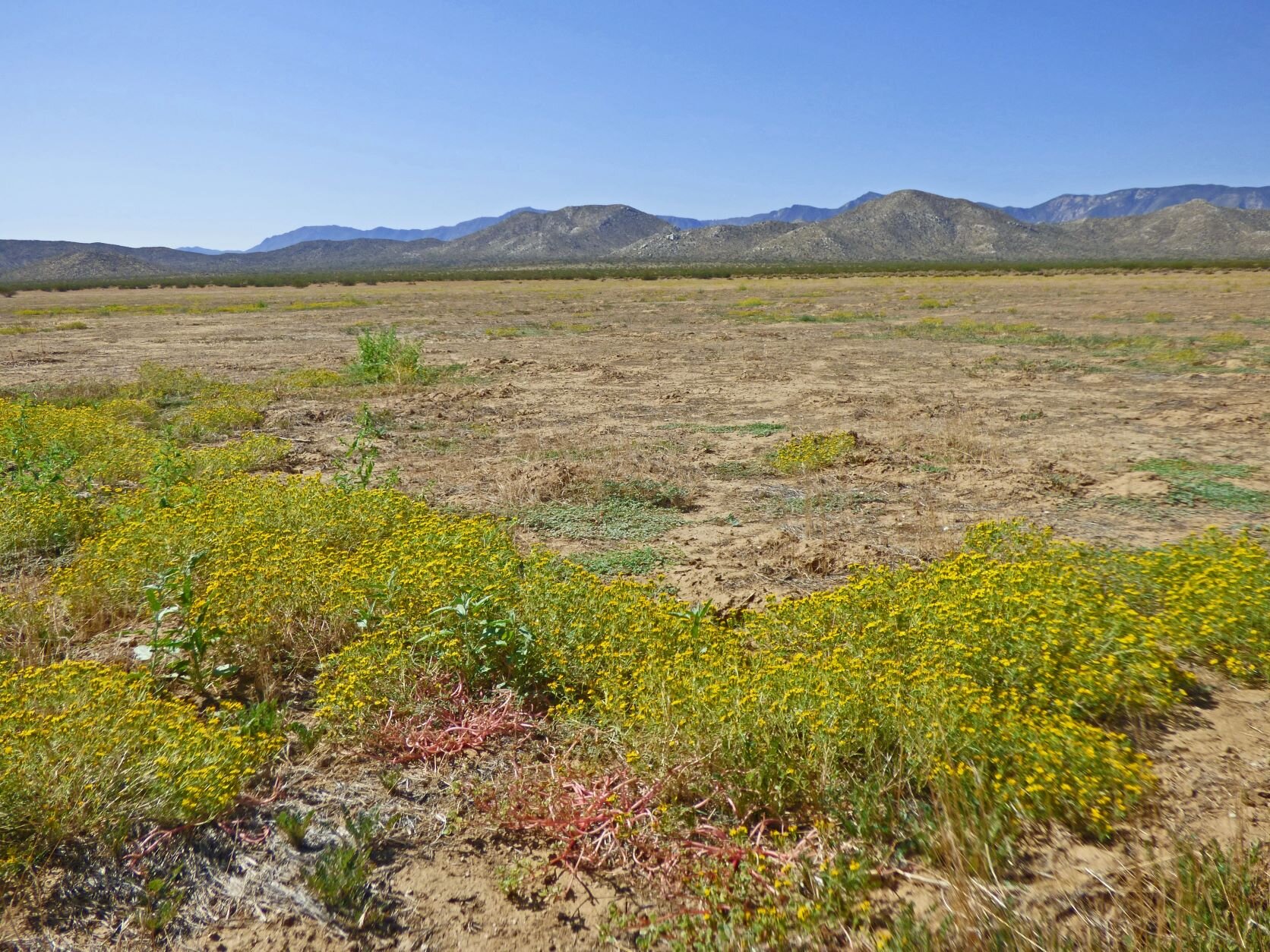By Arne Johanson, Co-chairperson Habitat Restoration Committee
I noted the following in Bob Byrnes' weekly restoration committee email: “Last week we noticed for the first time a large area of Goldenbush (Isocoma menziesii, I believe) and California sagebrush (Artemisia californica) interspersed with the endless artichoke thistle (Cynara cardunculus to us nerds) that I often mention in these emails. We treated the artichoke last week, leaving the natives to continue to thrive and spread. This is yet another encouraging sign that recruitment following the disastrous fire of four years ago is proceeding nicely.”







